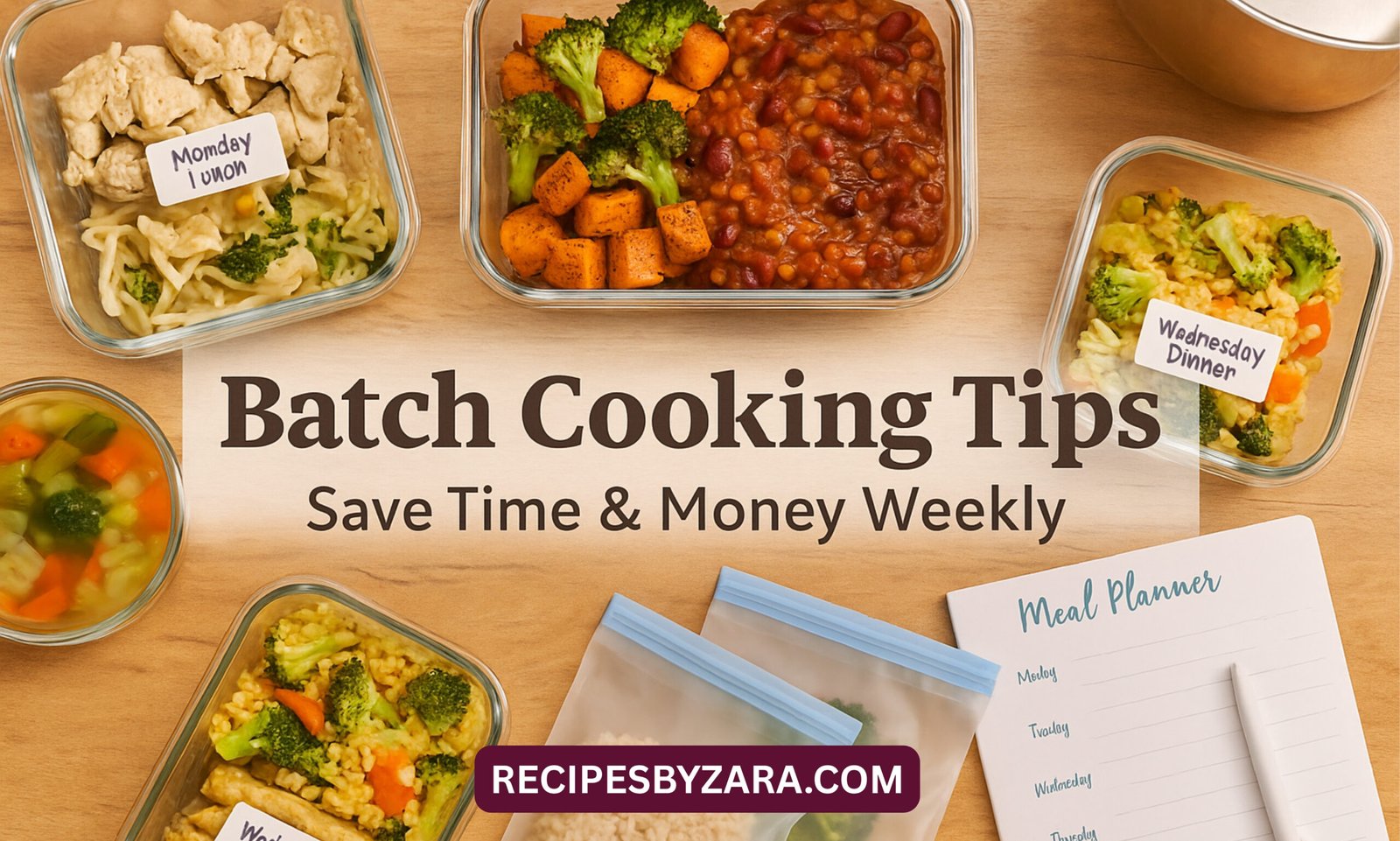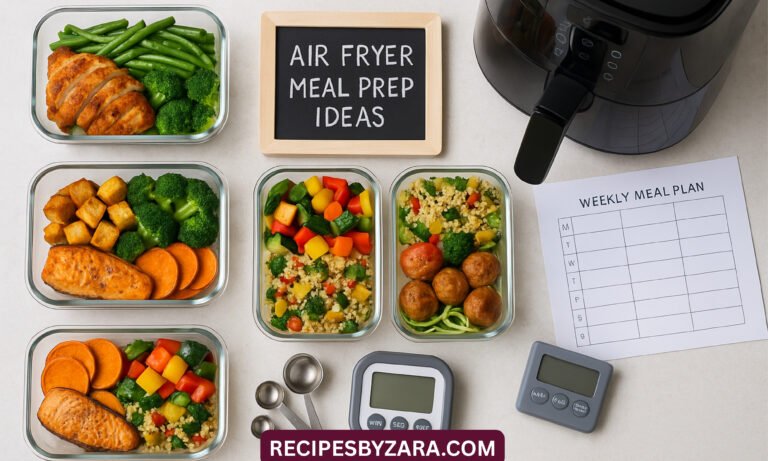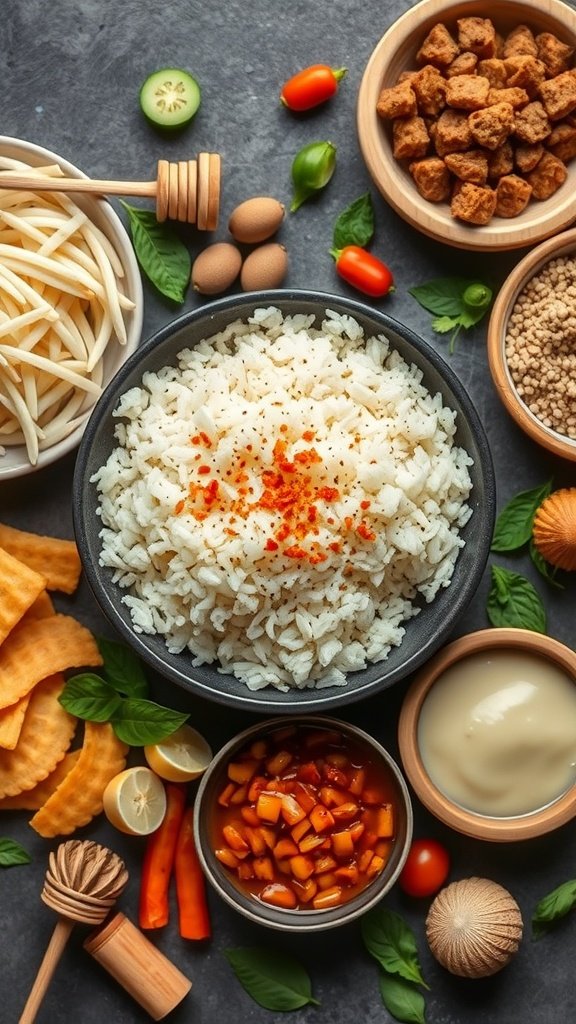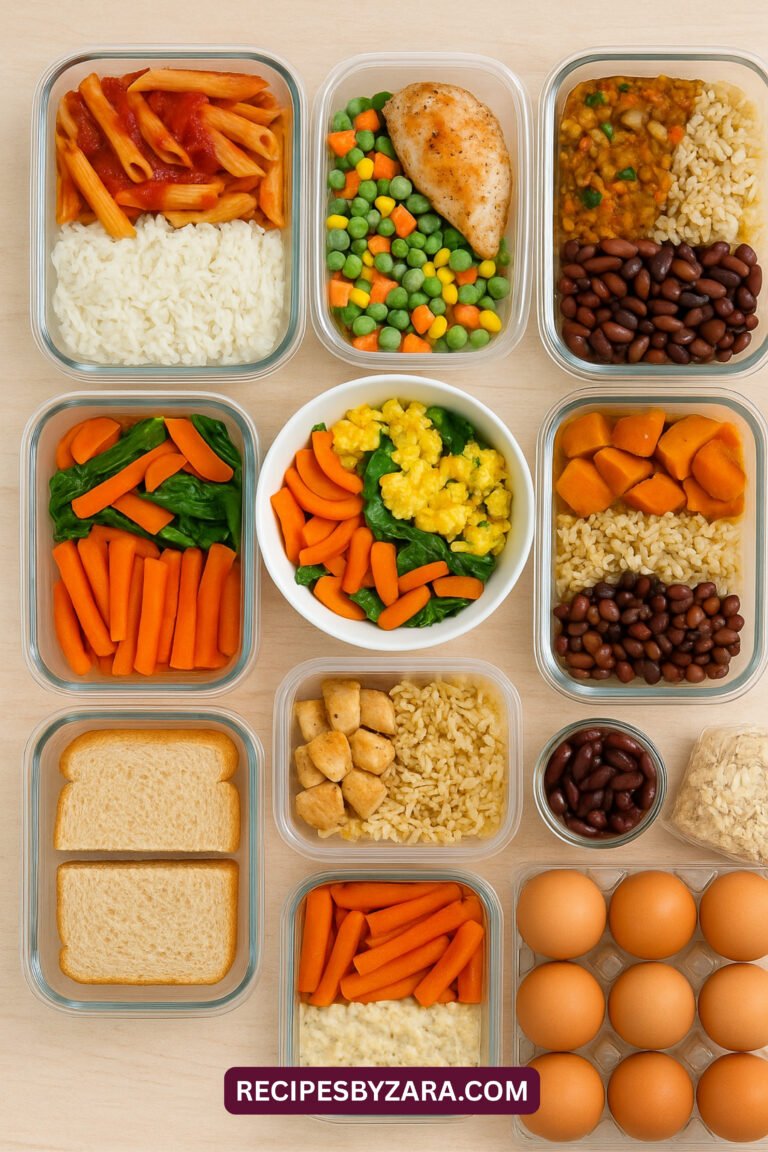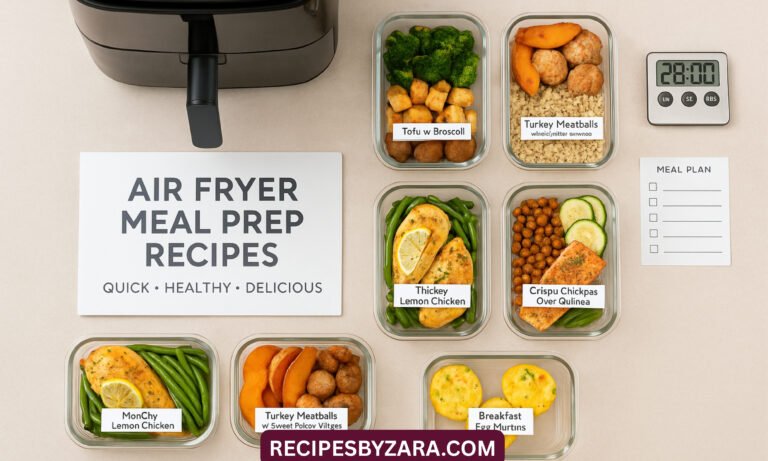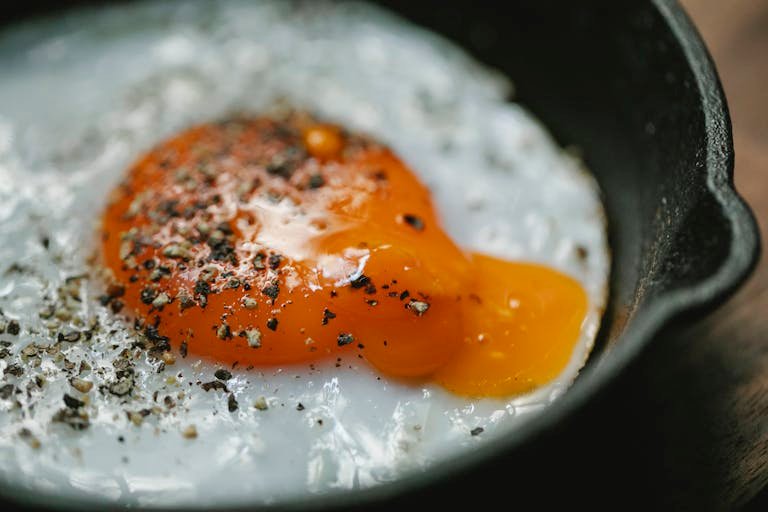Batch Cooking Tips to Save Time and Money
Batch cooking tips to save time and money every week. Learn how to meal prep efficiently, reduce food waste, and eat healthier with strategic batch cooking routines.
Batch cooking is a powerful solution for modern lifestyles where time, money, and energy often run short. Whether you’re a busy professional, a student, or a parent managing a household, preparing meals in large batches can be a game-changer. Not only does it allow you to eat healthy and homemade food consistently, but it also helps you stick to a budget and avoid food wastage.
Another great benefit of batch cooking tips to save time and money is the ability to avoid daily cooking stress. You only need to dedicate a few hours once or twice a week to prepare everything, which frees up your evenings for relaxation or other priorities. With the right strategy, batch cooking can make your lifestyle healthier and more organized.
This article will walk you through a detailed and practical guide on how to use batch cooking tips to save time and money, while also incorporating strategies to boost efficiency, reduce waste, and bring variety to your meals.
1. What Is Batch Cooking?
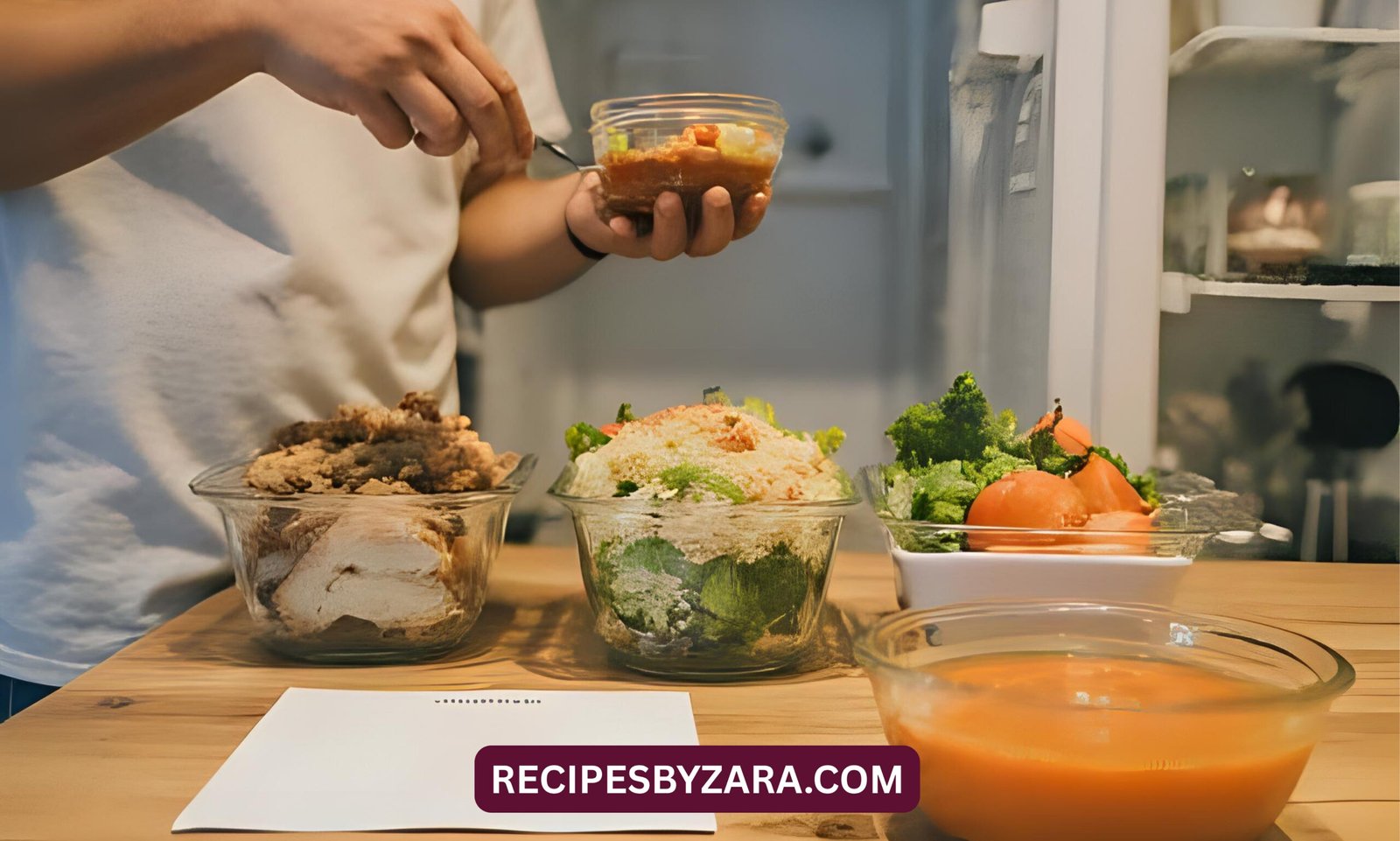
Batch cooking is the process of preparing meals in large quantities to be stored and consumed later. It involves cooking multiple servings of dishes at once and refrigerating or freezing them to be used over several days or even weeks. This approach is ideal for anyone looking to manage their kitchen time better and eat healthier without daily effort.
Unlike traditional meal prep, which often focuses on assembling raw ingredients for daily cooking, batch cooking goes a step further by preparing fully cooked meals in advance. It’s a more thorough system that reduces your daily workload and maximizes the return on your kitchen efforts. For people with demanding schedules, this can make all the difference in maintaining consistency.
Batch cooking tips to save time and money are especially useful for families, busy workers, and health-conscious individuals. Instead of starting from scratch every day, your meals are ready to go when you need them. This eliminates excuses for takeout and keeps your diet in check.
Anyone can benefit from batch cooking, whether you’re managing a large family or just cooking for yourself. It’s a smart solution for staying in control of what you eat, cutting costs, and simplifying your routine.
2. Key Benefits of Batch Cooking
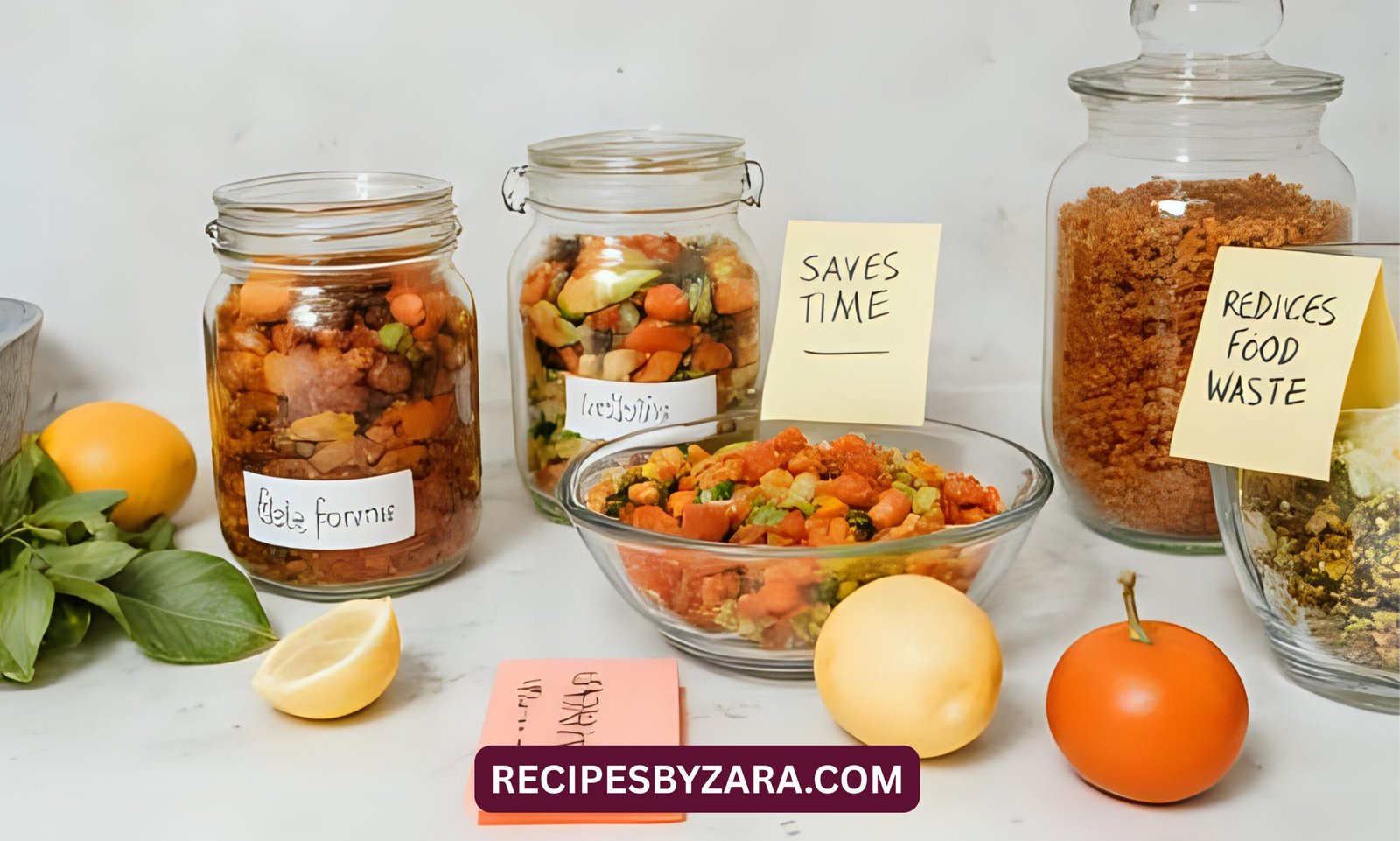
The most obvious benefit of batch cooking is that it saves time. By preparing multiple meals at once, you spend less time in the kitchen throughout the week. You can cook once and eat multiple times, freeing your schedule for other activities. This method aligns perfectly with time-saving cooking tips and helps establish a predictable rhythm for your week.
Another major perk of batch cooking tips to save time and money is the cost savings. When you plan your meals in advance, you buy ingredients in bulk, take advantage of discounts, and avoid last-minute takeout expenses. Using budget-friendly meal prep ideas allows you to stretch your grocery budget further and make the most of every dollar.
Health is another area where batch cooking shines. By preparing meals yourself, you control ingredients, portion sizes, and cooking methods. This helps support clean eating, portion control, and even batch cooking for weight loss goals. When healthy meals are prepped and ready, it’s easier to resist unhealthy alternatives.
Batch cooking also reduces food waste. You buy what you need, use it efficiently, and preserve leftovers correctly. This not only helps the environment but also boosts your kitchen’s overall sustainability.
3. Getting Started with Batch Cooking
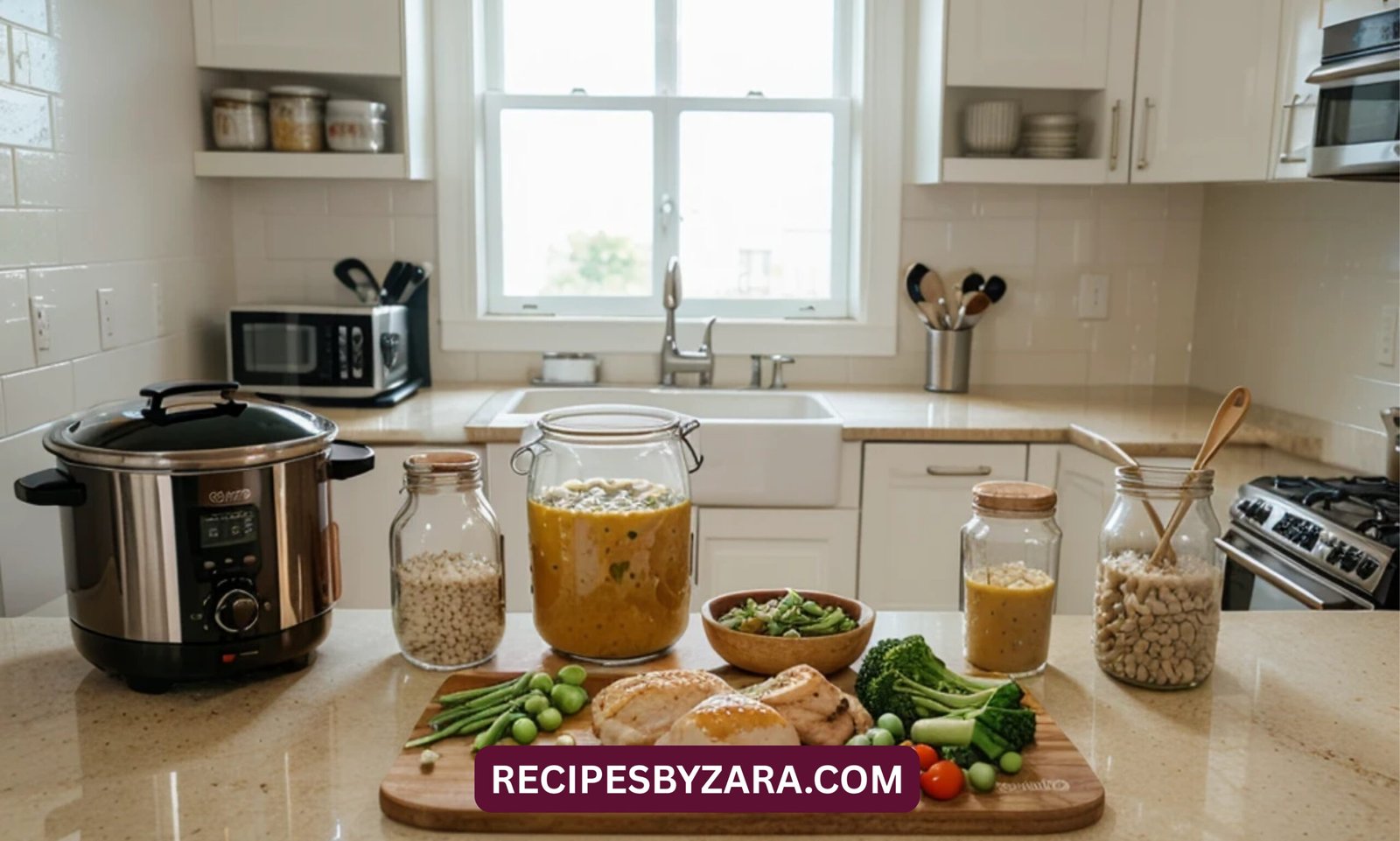
To begin your journey into batch cooking, start with the right tools. Invest in quality meal prep containers, a good set of knives, a slow cooker or Instant Pot, and enough fridge and freezer space. Having the proper equipment can make batch cooking efficient and enjoyable.
Choosing the right recipes is another crucial step. Look for meals that store well, freeze well, and taste great when reheated. Batch cook freezer meals, soups, stews, pasta bakes, and grain bowls are excellent starting points. As you progress, you can add complexity to your weekly menu and even explore make-ahead breakfast ideas.
Planning is key. Create a weekly meal plan and a shopping list based on your chosen recipes. This minimizes decision fatigue and ensures you only buy what’s necessary. Use efficient grocery shopping strategies to save time and money, and align your ingredients to avoid waste.
Consistency is more important than perfection. Start with one or two meals a week, then gradually expand. Before you know it, batch cooking tips to save time and money will become second nature.
4. Best Foods for Batch Cooking
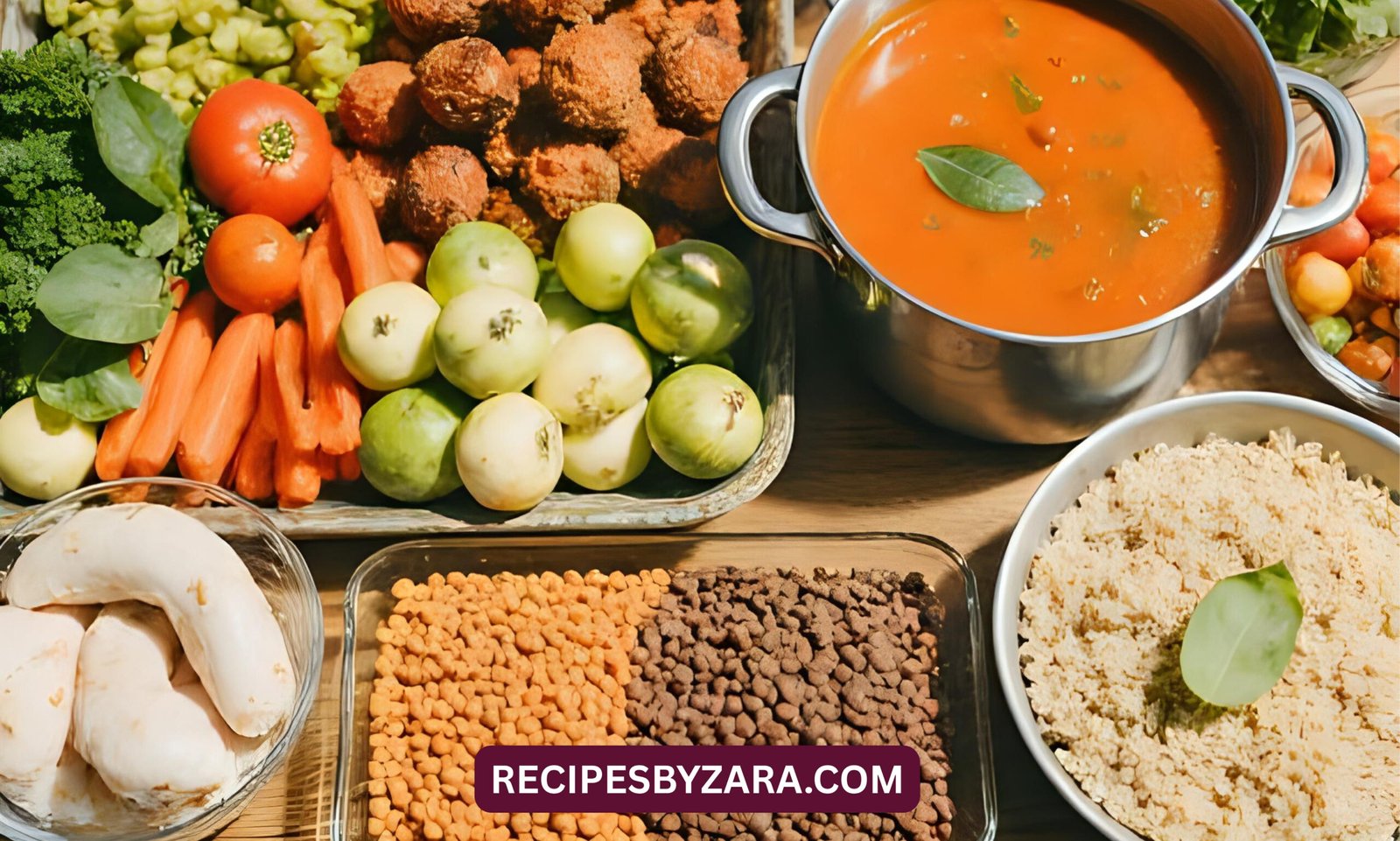
Some foods are naturally more suitable for batch cooking. Grains like rice, quinoa, and couscous can be cooked in large amounts and used in multiple meals. Beans, lentils, and chickpeas also work well and are essential in bulk cooking strategies.
Roasted vegetables are another excellent option. They keep well, taste great, reheated, and can be used in wraps, grain bowls, or salads. Root vegetables, zucchini, broccoli, and bell peppers are commonly used in family batch cooking.
Soups, stews, and sauces are staples for batch cooking. They’re easy to make in large quantities, freeze well, and can be paired with various side dishes. Slow cooker batch meals to save even more time.
Proteins like chicken, beef, tofu, and lentils can be cooked in advance and used in multiple recipes. Combine them with healthy batch cooking ideas to prepare balanced meals that are both nutritious and tasty.
5. Smart Storage Techniques
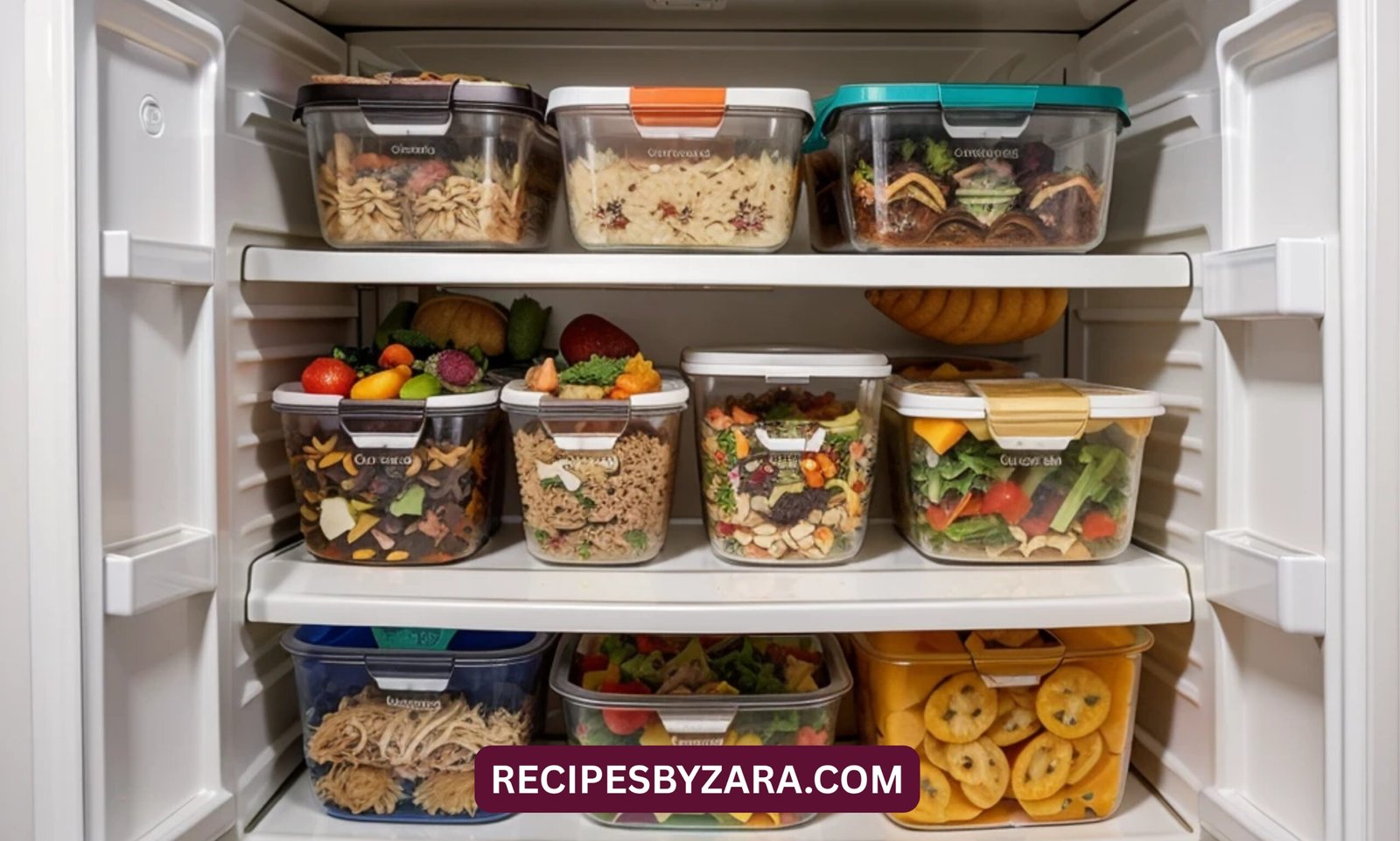
Once your food is cooked, storage becomes essential. Divide your meals into portions and store them in BPA-free, airtight containers. Understanding what belongs in the fridge versus what goes into the freezer is key to preserving freshness.
Label your containers with the date and contents. This helps you rotate meals properly and avoid food spoilage. A simple dry erase marker or masking tape works well for labeling and supports food prep for busy moms.
Use stackable containers to save space and keep your fridge or freezer organized. This is particularly useful when following a monthly batch cooking plan or cooking for larger families. Well-organized storage makes grab-and-go meals easy.
Finally, cool your meals completely before freezing to avoid condensation and freezer burn. Smart storage ensures that your make-ahead meals retain flavor, texture, and nutrition.
6. Money-Saving Batch Cooking Tips
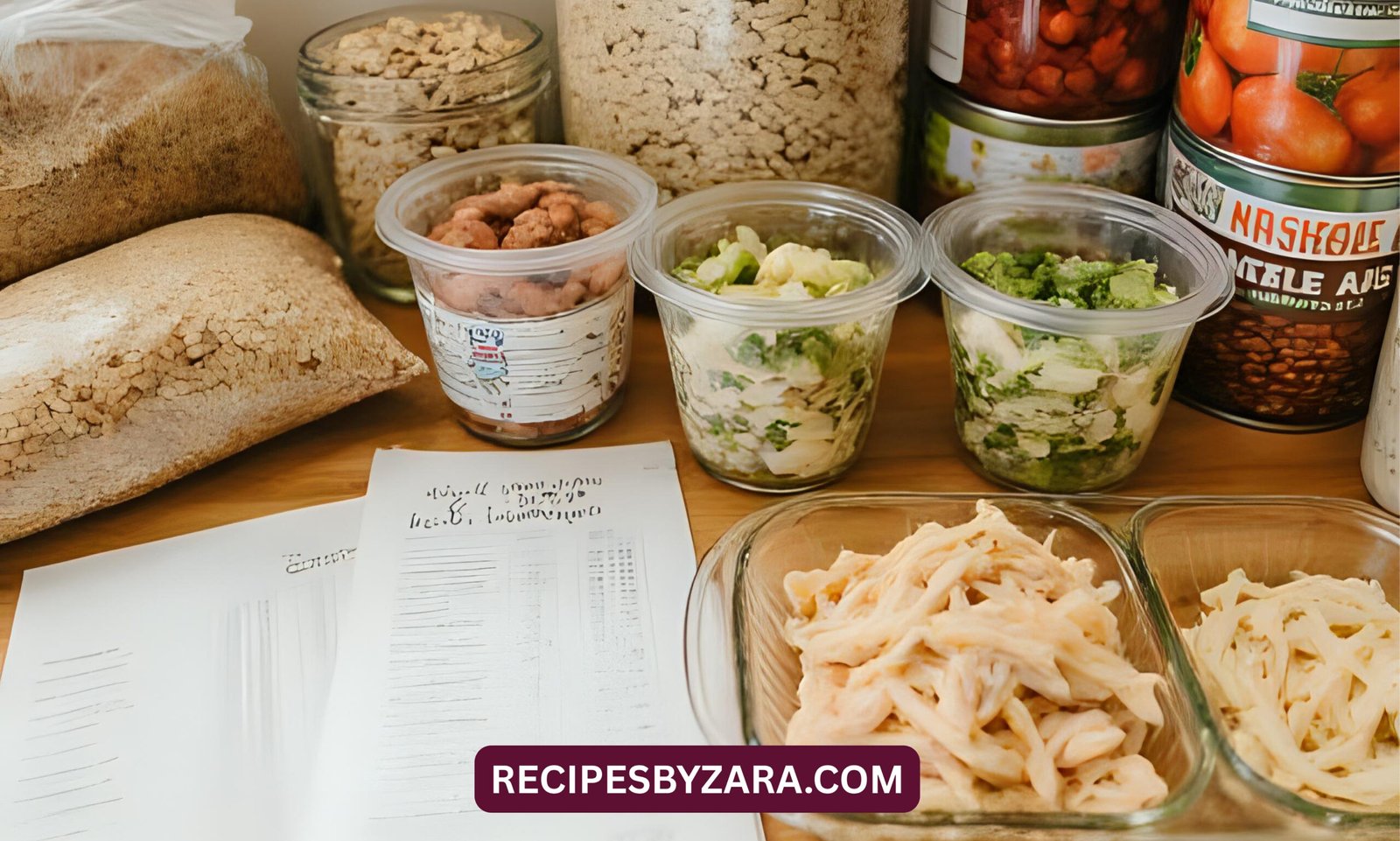
To maximize your savings, buy in bulk whenever possible. Items like rice, beans, oats, and canned goods are cheaper in large quantities. Shop sales and stock up on staples you use frequently.
Focus on seasonal ingredients to lower costs and enjoy peak flavor. Planning your meals around what’s in season can reduce grocery bills and support local farmers.
Leftovers don’t have to be boring. Get creative and transform them into entirely new meals. For example, roasted chicken can become soup or tacos. This aligns with repurpose leftovers creatively and reduces food fatigue.
Another tip is to stretch more expensive ingredients. Use meat sparingly and combine it with beans, grains, or veggies. This makes meals filling while keeping costs downperfect for cheap batch cooking meals.
7. Time-Saving Strategies for Efficient Cooking
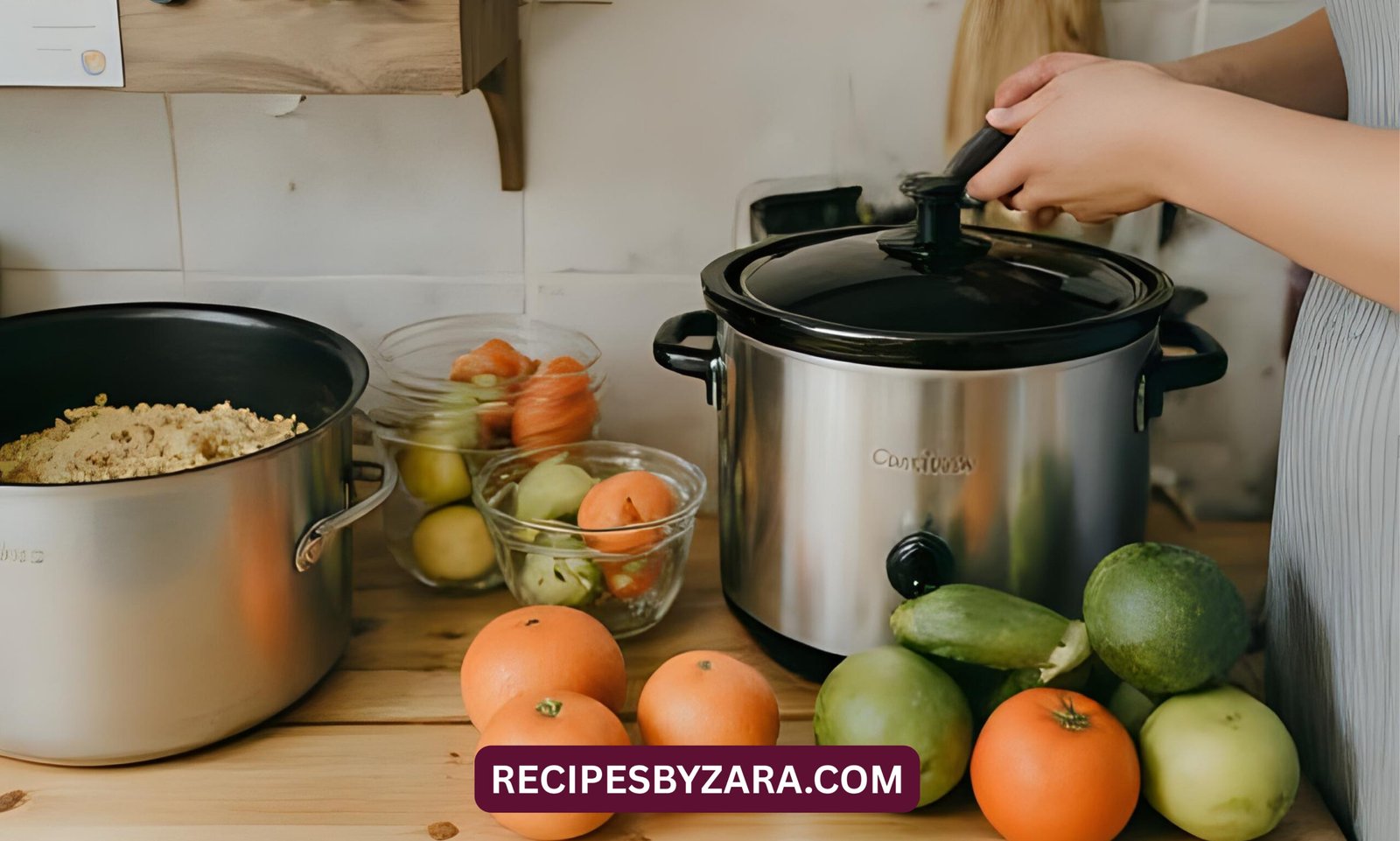
Batch cooking is about being efficient. Use the “cook once, eat multiple times” philosophy to save energy and effort. Plan meals that share ingredients or base components so you can prep more in less time.
Multitask where possible. While grains are cooking, you can chop vegetables or prepare proteins. Use timers and kitchen gadgets like slow cookers or Instant Pots to streamline the processgreat tools for batch cooking with Instant Pot.
Get family or friends involved in a batch cooking session. It makes the process faster and more enjoyable. Plus, you can trade meals for more variety. These are proven smart cooking strategies that boost productivity.
Remember, a little planning goes a long way. With each session, you’ll discover more ways to save time and keep things running smoothly.
8. Common Mistakes to Avoid in Batch Cooking
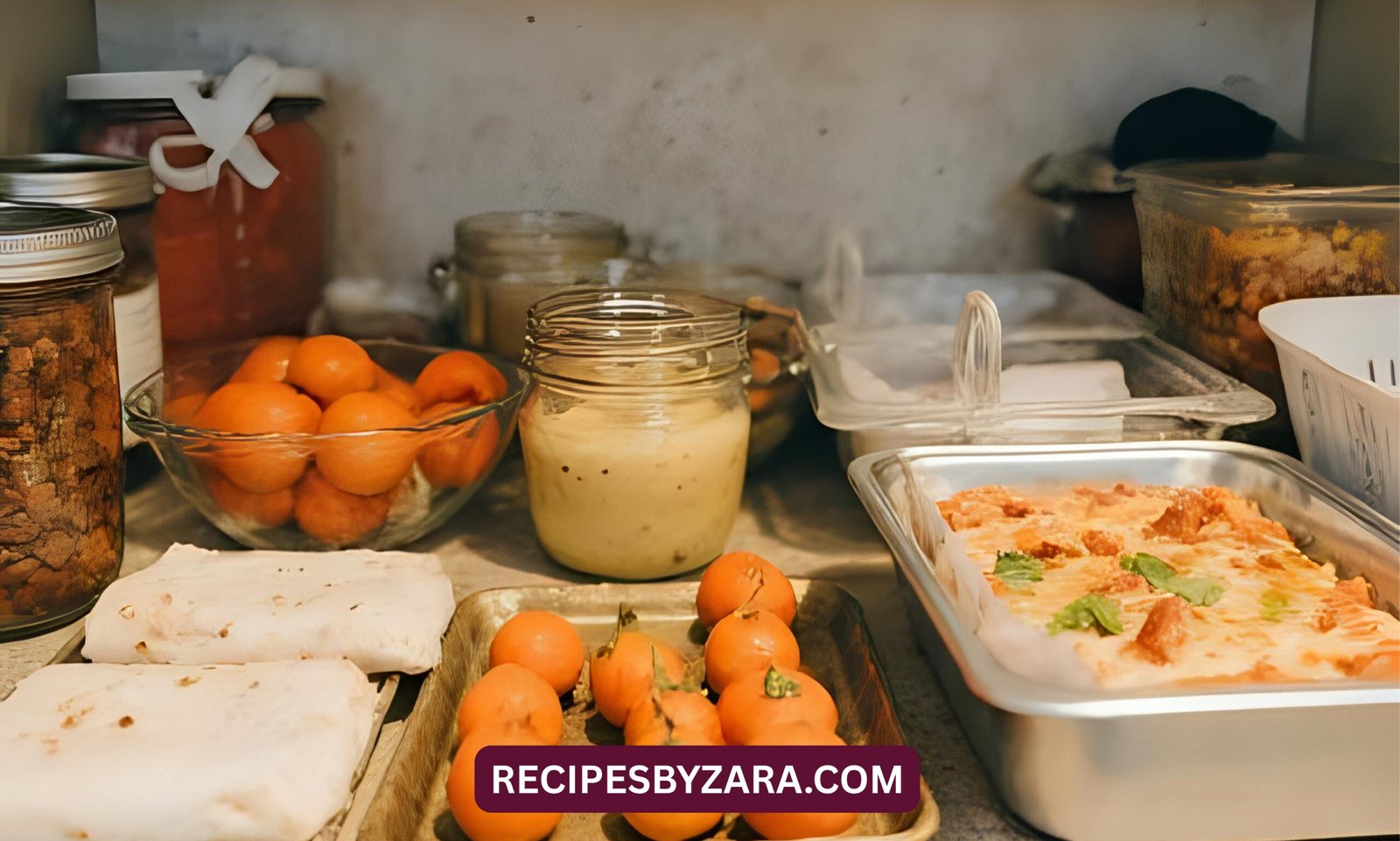
One common mistake is cooking too much of a single dish. While it may seem efficient, it can lead to food fatigue. Instead, make smaller batches of different meals to keep things exciting.
Lack of variety is another issue. Make sure your batch cooking plan includes different flavors, textures, and cuisines. Use meal prep for working professionals techniques to keep your menu engaging.
Forgetting to cool meals before freezing can ruin texture and flavor. Let food come to room temperature first to avoid freezer burn.
Improper labeling is another pitfall. Without clear dates or contents, you may forget what’s in the container, leading to waste. Proper rotation and labeling are crucial for freezer-safe recipes.
9. Sample 7-Day Batch Cooking Plan
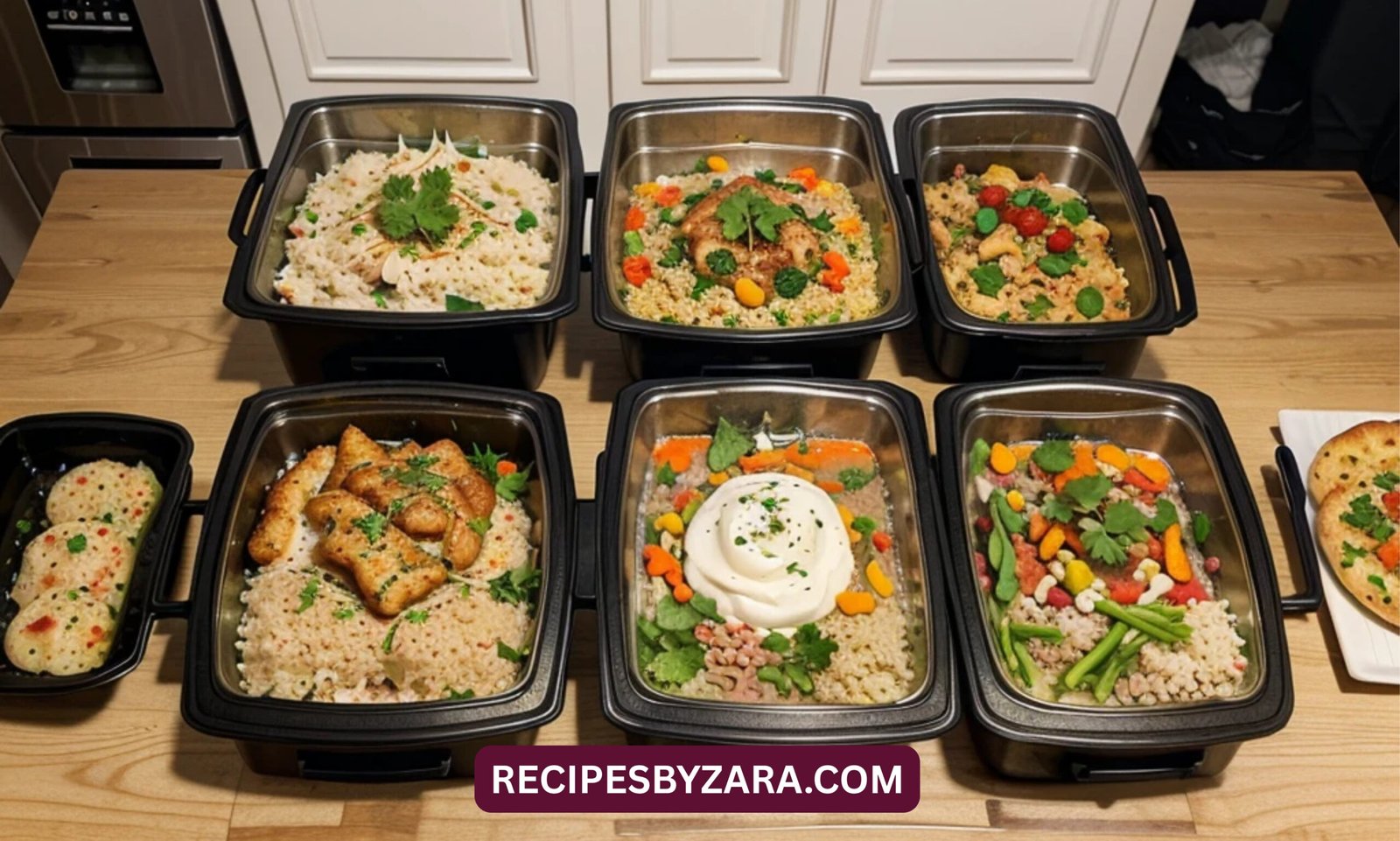
Here’s a sample plan to get you started. On Sunday, prepare two proteins (chicken and lentils), three grains (rice, quinoa, oats), a pot of vegetable soup, and roasted vegetables.
For Monday to Wednesday, mix and match grains with different proteins and veggies. Add sauces like pesto or salsa to switch up flavors. Use clean eating meal prep principles to maintain health benefits.
Thursday to Friday, incorporate leftovers. Lentils can become wraps or veggie burgers. Roasted veggies can go into omelets or sandwiches.
Saturday can be your “clear the fridge” day where you combine leftovers in a new way. This makes leftovers to new meals fun and waste-free.
10. Final Thoughts – Make Batch Cooking a Lifestyle
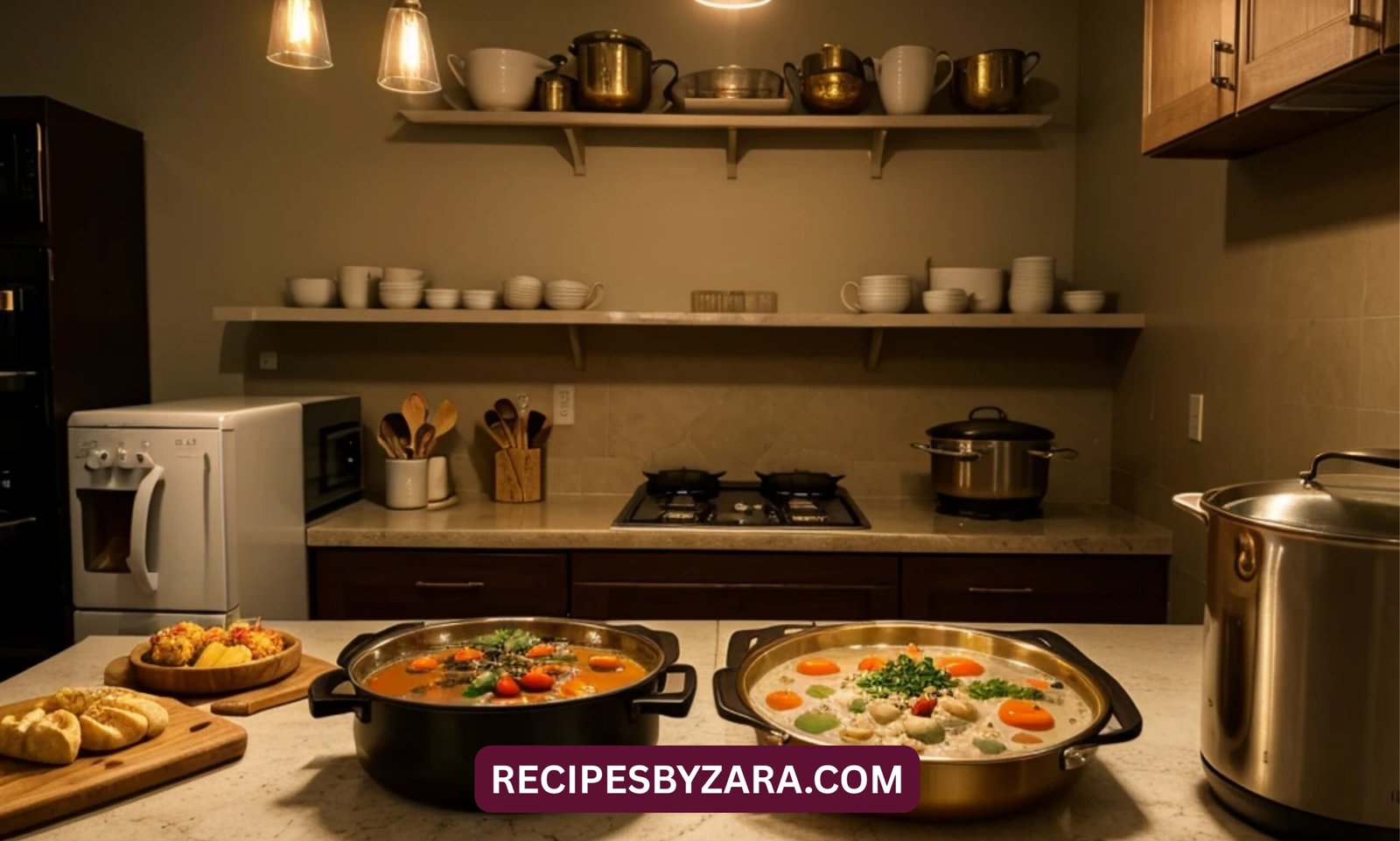
Like any habit, batch cooking gets easier with practice. Start small, build your confidence, and expand over time. Stick to what works for you, and adjust based on your schedule and needs.
Get your family involved, especially in planning and prep. This builds healthy habits and shares the workload. Use a shared calendar or app for better coordination.
Track your time and savings. Seeing the benefits will keep you motivated. With batch cooking tips to save time and money, you can truly simplify your life and improve your well-being.
FAQs
1. How long do batch-cooked meals last in the fridge?
Most batch-cooked meals last 3 to 5 days in the fridge if stored properly in airtight containers. For longer storage, freezing is the best option, especially for soups, stews, and proteins.
2. Can you batch cook for a family of four?
Yes, batch cooking works great for families. You’ll need to double or triple recipes, use large containers, and plan meals that can be stretched across multiple days to make it work.
3. What foods shouldn’t be batch cooked?
Avoid batch cooking foods with high water content like cucumbers, lettuce, or dairy-heavy sauces, as they don’t store well. Also, fried foods tend to lose texture when reheated.
4. How do I keep meals from getting boring?
Use a variety of spices, sauces, and side dishes to add flavor. You can also batch cook different types of mealsMexican, Asian, Mediterraneanto keep things fresh and exciting.
5. Is batch cooking good for weight loss plans?
Yes, batch cooking helps with portion control and consistent healthy eating. You can prep calorie-controlled meals ahead of time to align with your weight loss goals.
6. How often should I batch cook?
Most people batch cook once or twice a week. Sunday and Wednesday are common prep days, but choose whatever fits your schedule best.
7. Can I freeze everything I batch cook?
Most items can be frozen, but be cautious with dairy-based dishes and pasta. Always cool meals completely and store them in freezer-safe containers.
8. Do I need special containers for batch cooking?
While not mandatory, BPA-free, microwave- and freezer-safe containers are recommended. They help with safe storage and easy reheating.
9. How can I track the cost savings from batch cooking?
Keep a spreadsheet of grocery costs vs. past takeout spending. Over time, you’ll see significant savings, especially if you shop smart and reduce waste.
10. What are the best apps for planning batch cooking?
Apps like Mealime, Paprika, and Plan to Eat help you create shopping lists, store recipes, and schedule cooking sessions efficiently.
